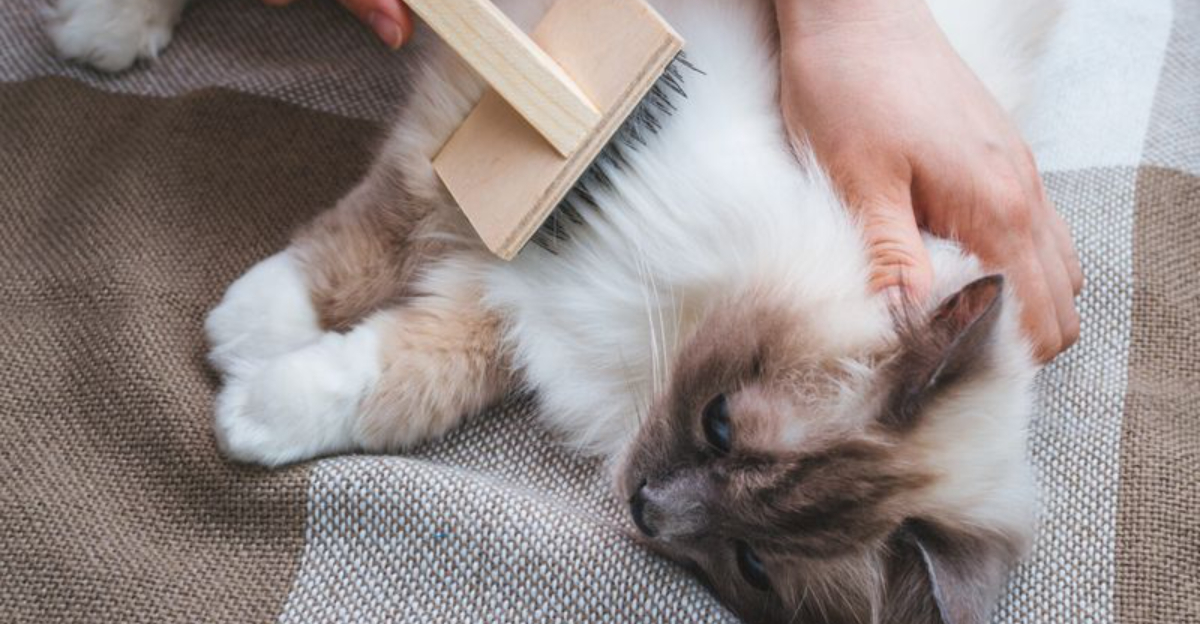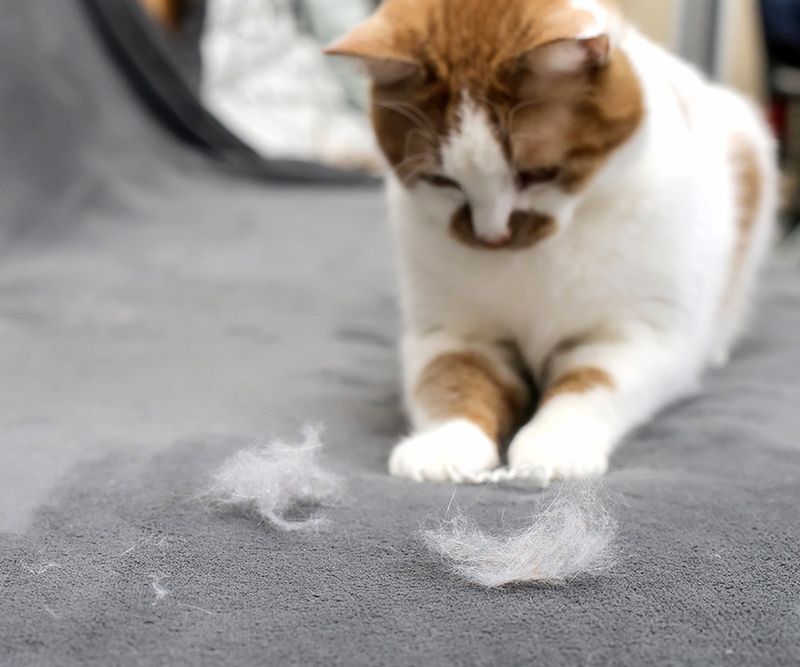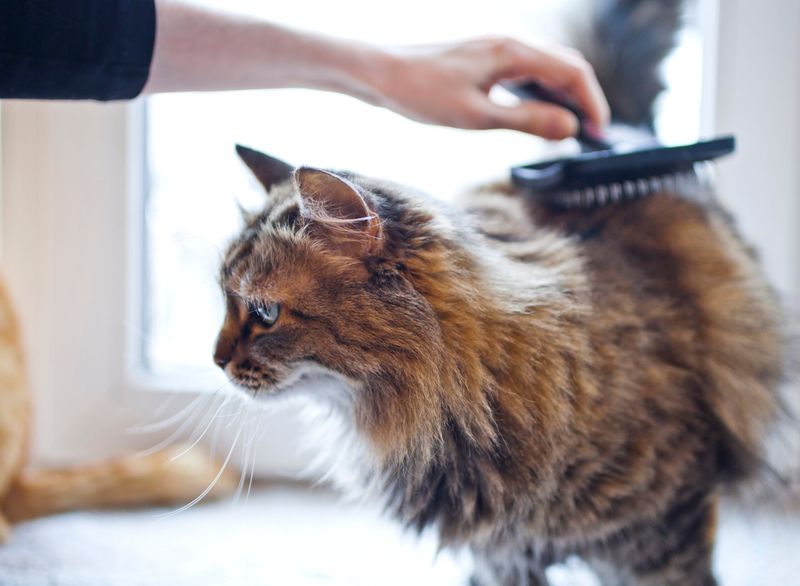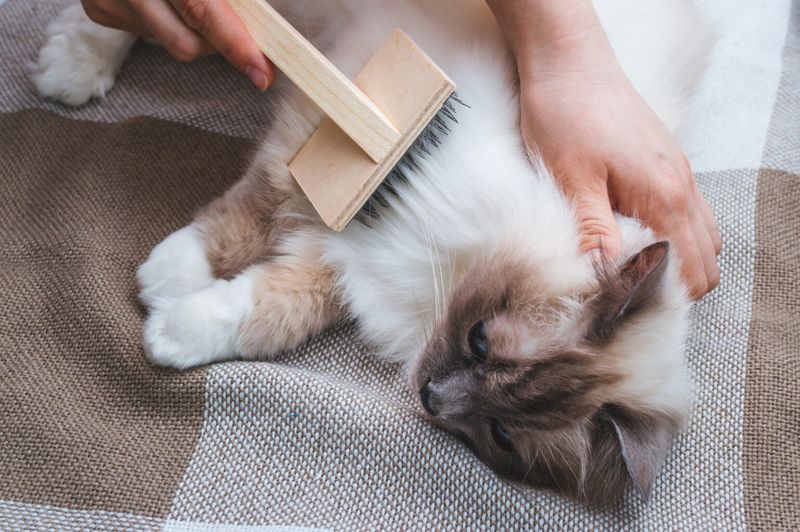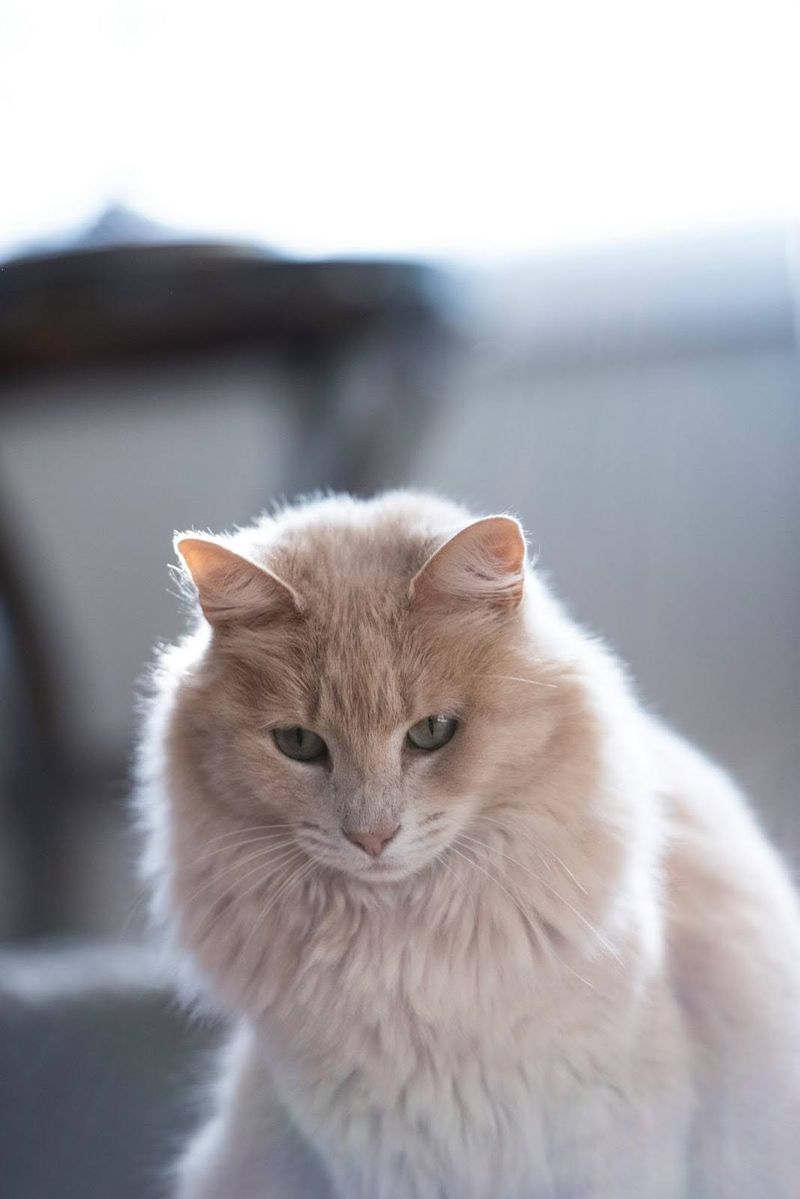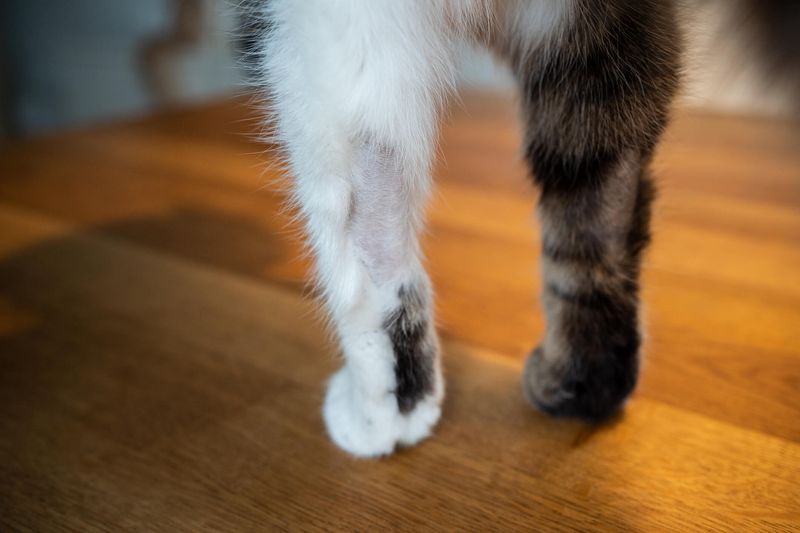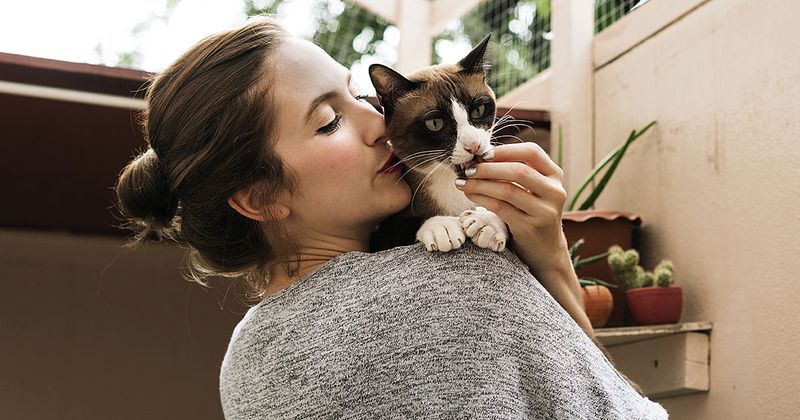📖 Table of Content:
As the seasons change, so does your cat’s coat. In colder months, cats naturally grow a thicker, insulating layer of fur to help them retain warmth. This process is largely governed by changes in daylight and temperature, and when spring arrives, that lush winter coat begins to shed.
While this seasonal molt is completely normal, many cat owners are caught off guard by the volume of fur that starts to appear on furniture, clothing, and seemingly every surface in the home. Shedding can be especially noticeable in certain breeds, and if not managed properly, can lead to matting, hairballs, or skin discomfort for your feline friend. Understanding this natural process can make it easier to care for your pet — and keep your home cleaner, too.
From biological triggers to grooming tips, knowing what to expect during your cat’s winter coat shed can make a big difference. Whether your cat is indoor, outdoor, long-haired or short-haired, this guide will give you practical insight into what’s happening and how to support your cat through it.
1. It’s a Natural Seasonal Process
The shift from warm summer days to cooler autumn temperatures triggers a biological response in cats, prompting the development of a dense winter coat. As the days shorten, the body interprets the reduced daylight as a signal to start preparing for cold weather. This coat serves as insulation, helping cats maintain their body temperature during chilly months. When spring arrives, increased light exposure signals that the heavy fur is no longer needed. Shedding begins gradually, as the body naturally releases this extra layer of protection. This cycle is more pronounced in cats exposed to natural sunlight and outdoor conditions. Being aware of this rhythm can help you anticipate and manage your cat’s shedding more effectively.
2. Indoor Cats Shed Differently
Unlike their outdoor counterparts, indoor cats experience a more irregular shedding pattern due to their exposure to artificial lighting and climate control. These conditions disrupt the cat’s perception of seasonal change, causing them to shed smaller amounts consistently throughout the year. As a result, you may not notice a dramatic winter coat blowout, but rather a constant, low-level shedding. This can lead to confusion for pet owners who aren’t expecting fur on their clothes year-round. Lighting that mimics natural daylight might help regulate their shedding cycles slightly. However, it’s important to understand that indoor cats still experience seasonal fluctuations, just less predictably. Routine grooming becomes all the more important in these cases.
3. Not All Cats Shed the Same Amount
Breed and coat type play major roles in determining how much your cat sheds. Long-haired breeds like Norwegian Forest Cats and Ragdolls tend to have more fur to lose, resulting in more noticeable shedding. Conversely, short-haired cats and hairless breeds such as the Sphynx experience minimal seasonal coat changes. Individual factors like age, genetics, and health can also influence shedding levels. Senior cats may shed more due to reduced grooming habits or underlying conditions. It’s also worth noting that neutered or spayed cats can have altered shedding patterns. Recognizing these differences can help tailor your care routine to your specific feline.
4. Shedding Can Last Several Weeks
Rather than occurring overnight, winter coat shedding is a slow and steady process that typically spans four to eight weeks. Cats don’t lose all their winter fur at once; instead, it comes out in tufts and waves over time. During this period, you may notice increased grooming, loose fur on their bedding, and more hair around your home. This extended timeline helps your cat adjust comfortably to the changing weather. Still, without regular brushing, the shed fur can lead to mats, especially in long-haired breeds. Hairballs may also become more frequent as cats ingest fur while grooming themselves. Staying proactive during this window is key to avoiding discomfort and mess.
5. Brushing Makes a Huge Difference
Introducing a consistent brushing routine during shedding season can significantly reduce loose fur and prevent tangles. Tools like deshedding combs, rubber grooming mitts, or slicker brushes work well depending on your cat’s coat type. Not only does brushing remove excess hair, but it also distributes natural oils, keeping the coat shiny and skin healthy. Many cats enjoy being brushed, especially if it becomes part of a relaxed daily ritual. If your cat resists, start with short sessions and reward them with treats. Over time, this can become a positive bonding experience. Beyond aesthetics, brushing can help you monitor for skin issues, lumps, or parasites early on.
6. Diet Affects Coat Health
Nutritional quality directly impacts the health of your cat’s skin and fur, especially during periods of seasonal shedding. Diets rich in omega-3 and omega-6 fatty acids promote a strong, shiny coat and reduce inflammation that can contribute to excess shedding. Cats lacking proper nutrients may develop dry, brittle fur and experience abnormal hair loss. Choosing a high-quality cat food or supplementing with vet-recommended oils can make a noticeable difference. Always consult your veterinarian before introducing new supplements or changing your cat’s diet. Hydration also plays a role in maintaining coat condition, so ensure your cat has access to clean water at all times. Good nutrition supports the body’s ability to replace fur efficiently.
7. Too Much Shedding May Signal Health Issues
Unusually heavy or patchy shedding can be more than just a seasonal change; it may point to an underlying health concern. Conditions such as allergies, thyroid imbalance, skin infections, or parasites like fleas can all cause abnormal hair loss. Stress is another common but often overlooked factor that can lead to excessive shedding, especially in sensitive cats. Keep an eye out for bald spots, scratching, or changes in grooming behavior. If you notice these symptoms, it’s best to schedule a veterinary check-up to rule out medical causes. Early diagnosis can prevent small issues from becoming bigger problems. Being observant helps you catch health changes early and respond appropriately.
8. Grooming Is a Bonding Opportunity
Turning grooming into a daily or weekly ritual does more than reduce fur buildup—it strengthens the connection between you and your cat. Gentle brushing sessions provide your pet with tactile stimulation and attention, both of which support emotional well-being. Over time, your cat may come to enjoy and even seek out grooming sessions. Use this time to speak softly, observe their behavior, and check for any unusual signs on their skin or coat. For shy or skittish cats, slow introductions with grooming mitts can be less intimidating than traditional brushes. The positive interactions during grooming can reduce anxiety and create trust. These moments of care deepen the human-animal bond in meaningful ways.
